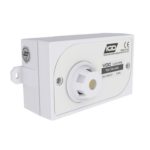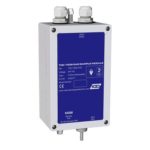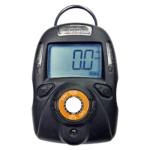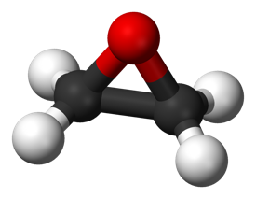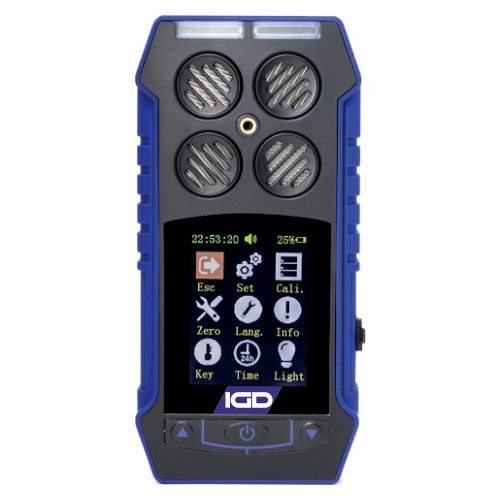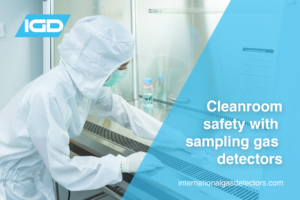Ethylene oxide (C2H4O) is a flammable, colourless gas at temperatures above 10.7 Degrees Centigrade C that smells like ether at toxic levels. We have a wide variety of ethylene oxide gas detector available. Our ethylene oxide detectors use industry leading long life sensor technology and our ground breaking Sentinel+ addressable communication. See below to learn more about ETO and our detector options. Click here to contact our team today.
Where is Ethylene Oxide (C2H4O) Used:
It is found in the production of :
- solvents
- antifreeze
- textiles
- detergents
- adhesives
- polyurethane foam
- pharmaceuticals.
Smaller amounts are present in fumigants, sterilants for spices and cosmetics, as well as during hospital sterilisation of surgical equipment.
Furthermore it is produced in large volumes and is primarily used as an intermediate in the production of several industrial chemicals, the most notable of which is ethylene glycol.
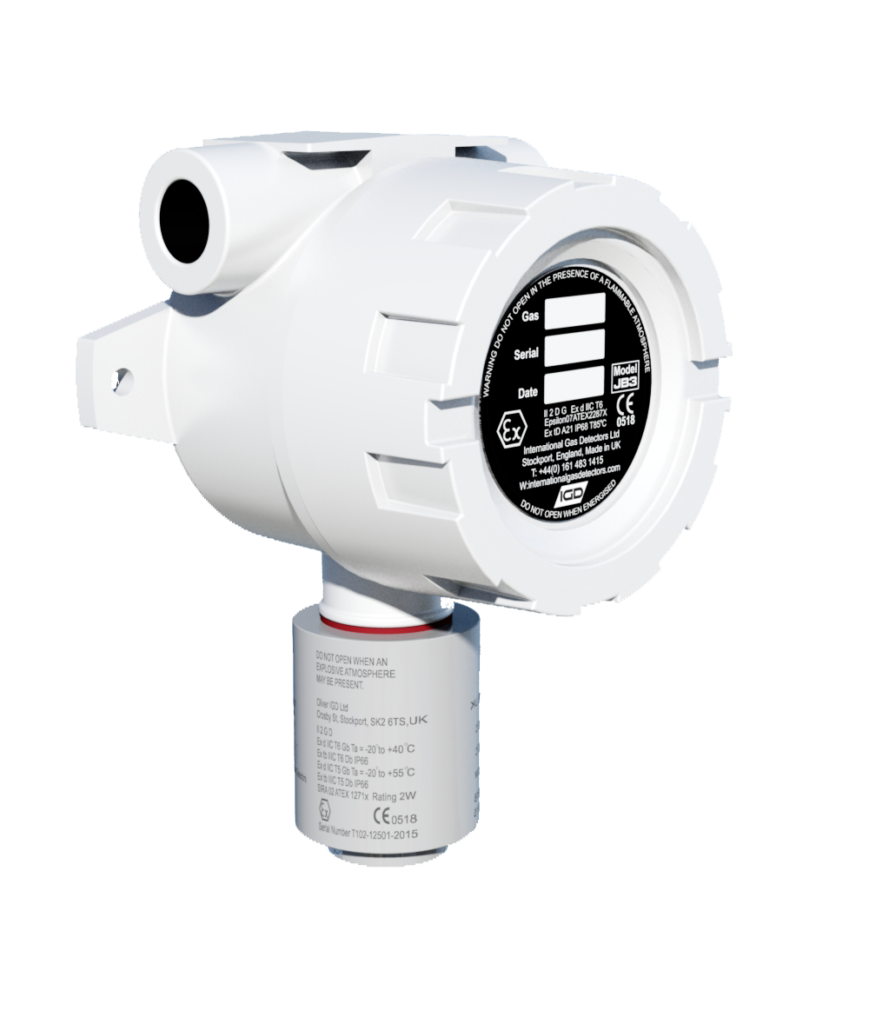
Pictured: Our 750X series ATEX/IECEx addressable gas detector for over 300 gases.
Medical Uses:
It is also used as a fumigant in certain agricultural products. As a poison gas that leaves no residue on items it contacts, pure ethylene oxide is also employed as a sterilant for medical equipment and supplies that cannot support conventional high temperature steam sterilisation. Examples are devices that incorporate electronic components, plastic packaging or plastic containers. It also infiltrates packages as well as products themselves to kill micro organisms that are left during production or packaging processes.
Health Hazards
Unfortunately, Ethylene Oxide possesses several physical and health hazards that merit special attention. ETO is both flammable and highly reactive. Acute exposures to Ethylene Oxide gas may result in respiratory irritation and lung injury, headache, nausea, vomiting, diarrhoea, shortness of breath, and cyanosis. Chronic exposure has been associated with the occurrence of cancer, reproductive effects, mutagenic changes, neurotoxicity, and sensitisation.

